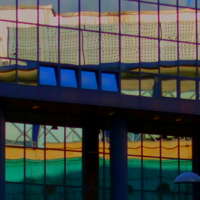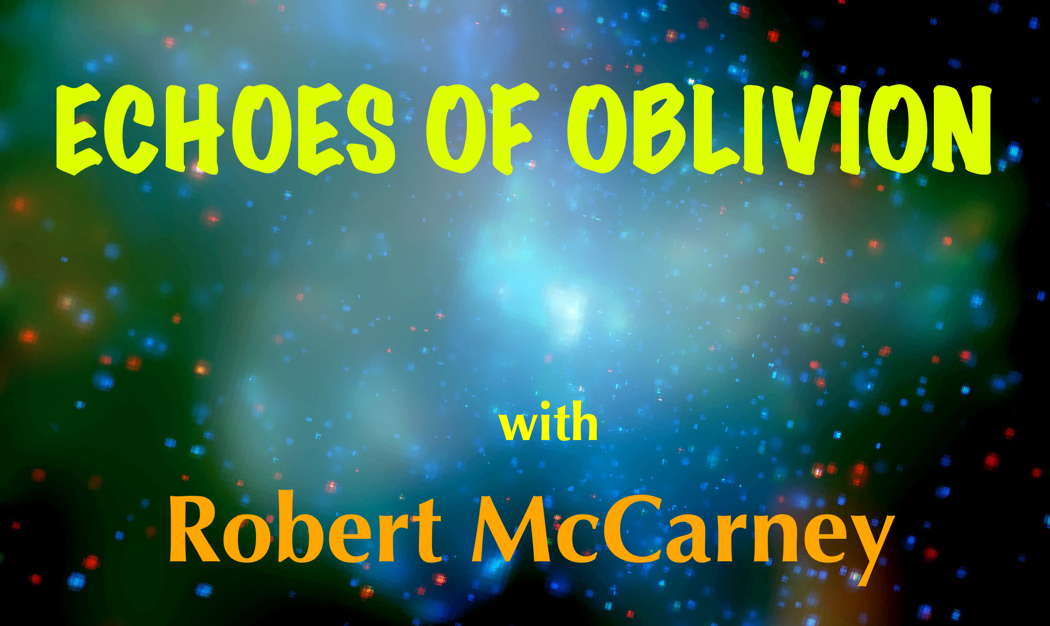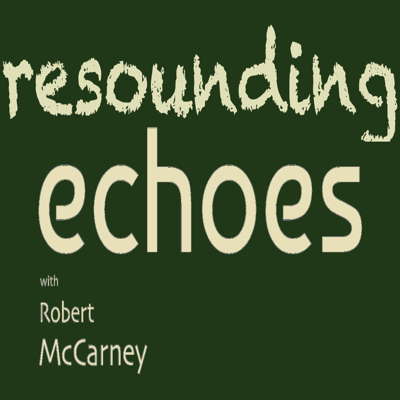 RESOUNDING ECHOES: Beginning in 2022, Robert McCarney's occasional series features little-known twentieth century classical composers.
RESOUNDING ECHOES: Beginning in 2022, Robert McCarney's occasional series features little-known twentieth century classical composers.
From swerve of shore to bend of bay
First we feel. Then we fall. And let her rain now if she likes. Gently or strongly as she likes. Anyway let her rain for my time is come. I done me best when I was let. Thinking always if I go all goes. A hundred cares, a tithe of troubles and is there one who understands me? - James Joyce
When one reflects on how the relation between composing ability and public and peer recognition of that same ability for many twentieth-century composers can be inversely proportional in the extreme, the starkest example of this phenomenon that comes to mind is always the outstanding English composer Humphrey Searle. I noticed that the last article I wrote here just happened to have been published on Searle's birthday. Such serendipity placed me under a solemn oath and injunction to dedicate my next piece to a composer (or at least one of his extraordinary and almost completely ignored works) who from our very first intense encounter has always struck a very deep and resonant chord with me; both as man and musician.
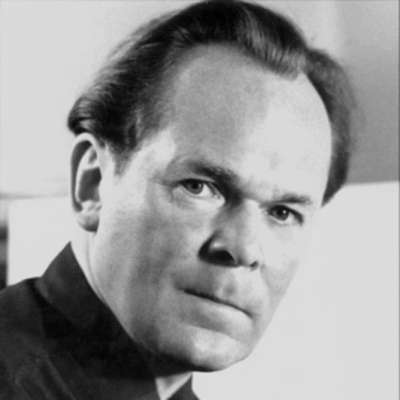
Humphrey Searle (1915-1982)
Many of my first experiences with twentieth century music have been transformative in a way akin to Saul on the road to Damascus and that was very much the case with regard to my adolescent adventures in the labyrinth of the works of James Joyce.
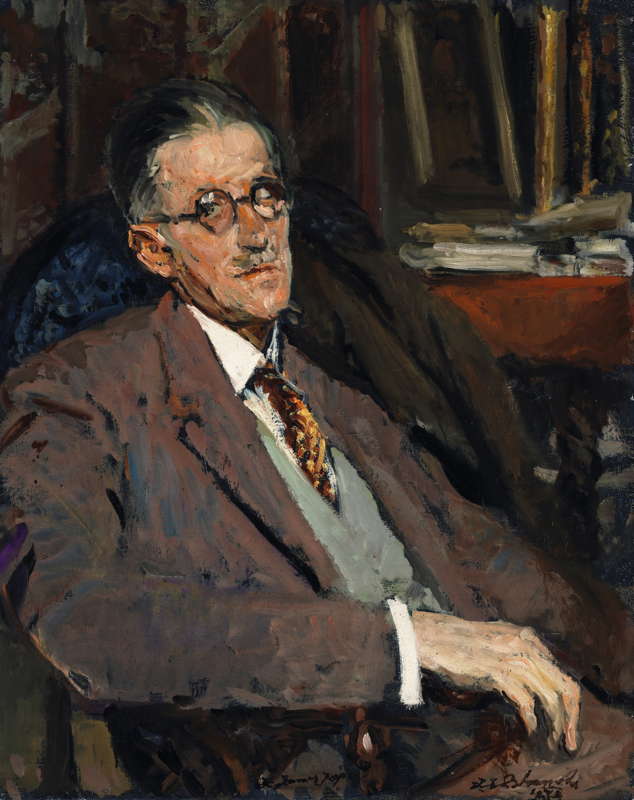
A 1934 portrait of Irish poet and novelist James Joyce (1882-1941) by French artist Jacques-Émile Blanche (1861-1942)
For this reason any music inspired by the works of Joyce has always more than piqued my curiosity. The works of James Joyce have inspired dozens of composers over the last century. Finnegans Wake alone has been responsible for pieces by amongst others John Cage, Toru Takemitsu and most recently Dublin's own Roger Doyle: which you can learn about by watching Classical Music Daily's November 2021 newsletter.
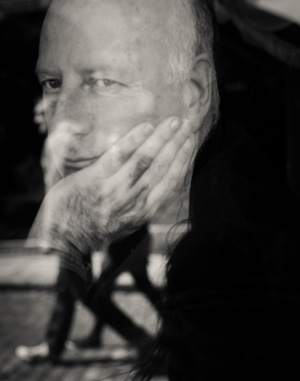
Roger Doyle. Photo © Laelia Milleri
However the work inspired by Finnegans Wake which has always stood out more than any other for me is Humphrey Searle's The Riverrun. A work for spoken woman's voice and orchestra which he completed in 1951 when he was in his mid thirties.
The text of Finnegans Wake is by turns ludicrous, maddeningly mysterious, profoundly poetic, hypnotic, hilarious, sensuous, never less than totally fascinating and ultimately musical in a way which no other book is. Until its sea of words are audibly vocalised they struggle to take flight and fully find their joyous meaning as if the page inhibits their freedom and hinders their song and dance. Searle chose to set the closing pages of the book. If we use the analogy of the text as a sea once again, it is a sea composed of every language in the world by means of all the rivers that flow into it. In the final pages this sea is reduced to its original source in Dublin's River Liffey as personified by Anna Livia Plurabelle and likewise Joyce's language is reduced to its original wellspring: the utterly unique variety of English spoken in his native city.
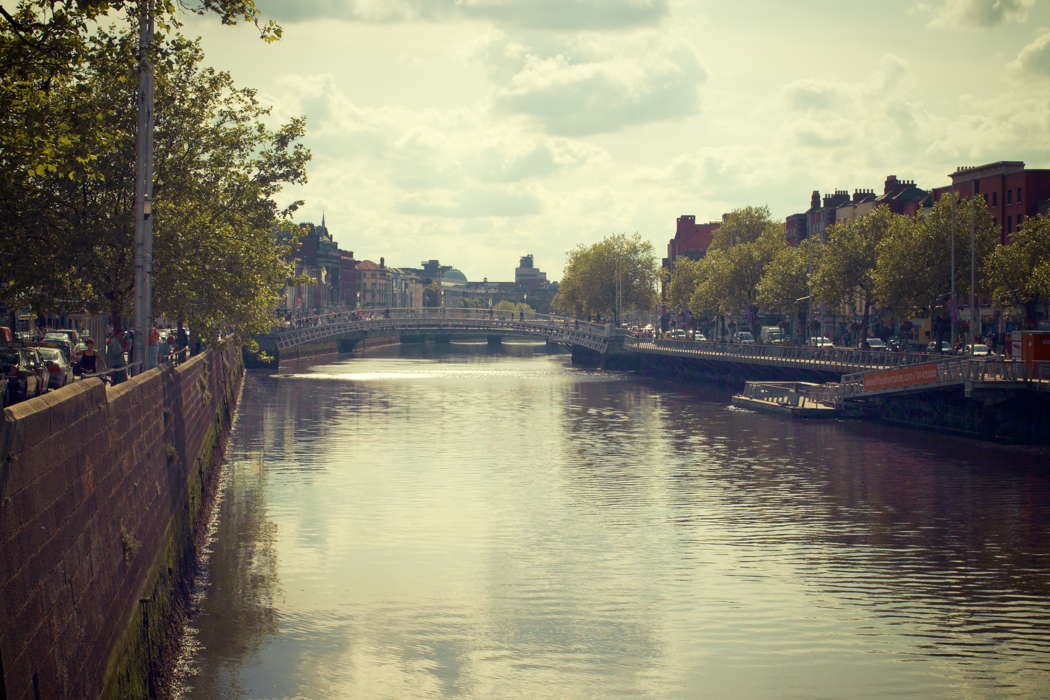
Dublin's River Liffey. Photo © 2015 Dave Meier
In his autobiography Searle speaks about the first fraught performances of The Riverrun. It was premiered by that great champion of modern music Hermann Scherchen in Düsseldorf bizarrely in a German translation and spat out by a performer who had more in common with Brünnhilde than Anna Livia. The composer acknowledges that the work was never properly performed as he had envisaged until it was given by a Dublin performer. From the time of its composition until Searle's death in 1982 the work was performed on a few occasions by Irish orchestras and performers but it seems not so much, or indeed if ever, since. Furthermore, none of those performances were ever recorded for commercial release.
The way Searle presents the text in The Riverrun is clearly influenced by Schoenberg's Pierrot Lunaire but if anything Erwartung has more in common with the orchestral accompaniment. All that said however, this is clearly a piece that is uniquely Searle's, all the more impressive for coming relatively early in his composing career, especially as regards composing for full orchestra. There are some magically evocative moments of word painting in The Riverrun but above and beyond any individual instances it is the overall confident way in which Searle's orchestra bulges, rushes, surges, sweeps, slides, twists, trickles, meanders and murmurs in harmony with Joyce's most rivery prose, that is truly breathtaking.
The work seeps from silence into sounds from the very murkiest depths of the orchestra. Few could make an orchestra groan and rumble like Searle, the greatest evidence of this is probably to be found in arguably his masterpiece, his Dedalus, by way of Michael Ayrton, inspired Labyrinth written twenty years after The Riverrun and which mercifully actually saw the light of day thanks to a Lyrita CD released in 2016.
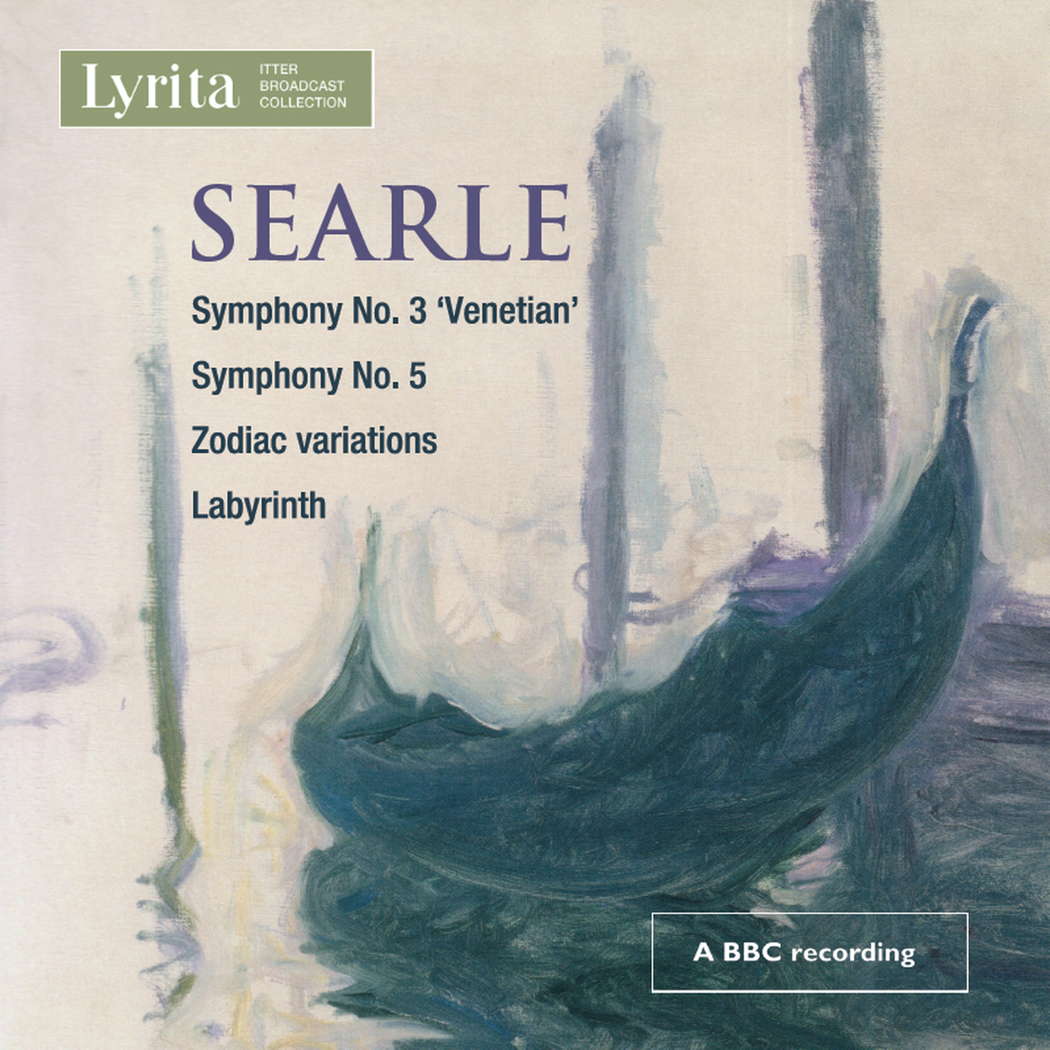
CD cover for Lyrita LE 1130 - Searle. © 2016 Lyrita Recorded Edition
The opening of The Riverrun slowly builds to an extraordinary sustained chord on high strings and woodwind before the speaker cued by a plucked harp note enters with the words 'soft morning city lsp I am leafy speafing'.
Listen — Humphrey Searle: The Riverrun (extract)
Marie Keane, speaker; RTÉ Symphony Orchestra / Colman Pearce. ℗ Radio Éireann :
In the same way as Finnegans Wake is cyclical; in that the last sentence of the book leads back to the first, so is The Riverrun in that the central section builds to a massive climax before slowly returning to the silence from which it emerged. The overall sweep of the structure and the propulsive power of the piece is quite amazing as is the sheer individuality of Searle's harmonic language and orchestration. It also demonstrates a true talent for word selection and setting.
Not long before Searle completed The Riverrun he had met and married Lesley Gray, indeed the nearest orchestral piece in his catalogue: his Poem for 22 Strings (never commercially recorded) was written as a wedding present for her. Six years later when he was trying to complete his Second Symphony, which he also dedicated to Lesley, she had to undergo what was at first deemed to be a relatively routine operation. Sadly the operation resulted in a diagnosis of terminal cancer from which Lesley died tragically only a matter of days later, on Christmas Day of all days. I say all this because although The Riverrun is not dedicated to (not expressly anyway) his first wife, in many ways The Riverrun could be viewed as a most fitting tribute to her memory. The closing pages of Finnegans Wake are infused with many loving references of Joyce to his wife and lifelong muse Nora Barnacle taken from letters they had written to each other over the years. Finnegans Wake, just like everything else Joyce wrote from the time they had first met in 1904, was inspired by and dedicated to Nora.
Listen — Humphrey Searle: The Riverrun (extract)
Marie Keane, speaker; RTÉ Symphony Orchestra / Colman Pearce. ℗ Radio Éireann :
In 1995 Ken Russell and Melvyn Bragg made a documentary film called Classic Widows. The film centres around four women who had each been married to a composer, namely Bertha Stevens, Xenia Frankel, Susana Walton and Fiona Nicholson who in 1960 became Searle's second wife. In the film Fiona makes it plain that she was indignant at the treatment her husband's music had received since his death. Twenty years later on the centenary of Searle's birth in 2015, I wrote to the BBC - his former employer - to ask what they were intending to do to commemorate this great English composer in the year of his centenary. For example, could we expect to hear his three operas, none of which has ever been commercially recorded? I never even got a reply and to the best of my knowledge none of Searle's works were broadcast during that year, indeed on the day of his birthday, 26 August, I do not believe he even got a mention.
On the penultimate page of Finnegans Wake, Joyce, through Anna Livia, asks 'Is there one who understands me?' Let us hope that for both James and Humphrey the answer was yes. Furthermore, let us hope that somebody in a position to make it happen understands the extraordinary worth of Humphrey Searle's The Riverrun, not to mention many more of his spellbinding scores, and makes a recording commercially available, thus giving this music and its composer the possibility of being heard by a wide audience, which is the very least it deserves.
Copyright © 10 September 2022
Robert McCarney,
León, Spain

TWENTIETH CENTURY CLASSICAL MUSIC
CLASSICAL MUSIC ARTICLES ABOUT DUBLIN
ECHOES OF OBLIVION - FURTHER INFORMATION


